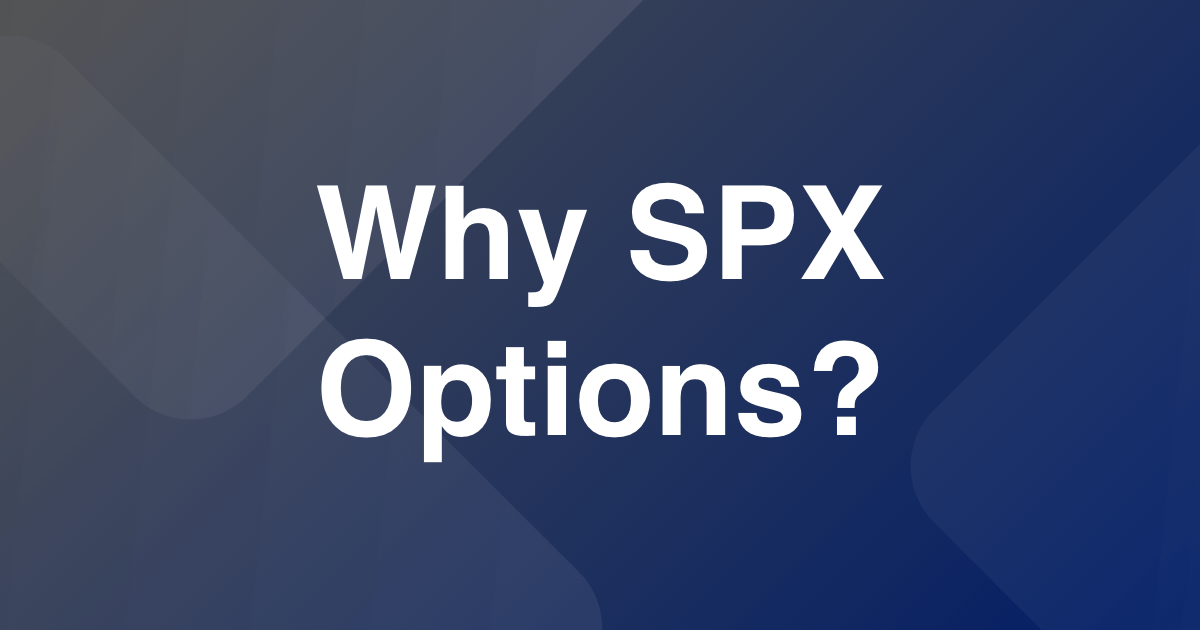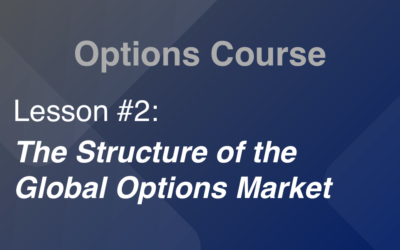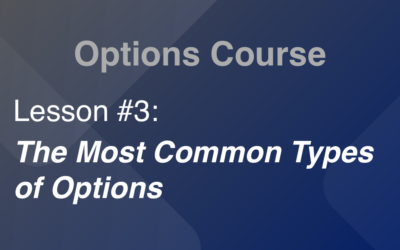Introduction
At Sensa Investments our products are primarily based on one underlying vehicle: options on the S&P 500 Index (either traditional SPX options or XSP mini options).
In this article we explain the main reasons for why we have chosen this investment approach as opposed to for example investing across a number of single name stocks or a broader ETF based option such as options on the SPY.
1. Liquidity
Liquidity is used in finance to describe how easily an asset can be bought or sold in the market without affecting its price – it can also be known as market liquidity. When there is a high demand for an asset, there is high liquidity, as it will be easier to find a buyer (or seller) for that asset. With low liquidity it is difficult knowing the actual value of a position.
As there by design are many contracts for each individual underlying asset (due to different exercise dates, strike prices and types) liquidity is absolutely essential for options. A single stock or index can easily have more than a 1,000 active option contracts at any given time.
The CBOE (Chicago Board Options Exchange) tracks the activity of a large number of index and single name stock options. The list of most active options is available here. At any one time (during trading hours) you should be able to observe SPX options being among the most liquid.
The high liquidity of SPX options also provides a wide range of options to trade (in terms of strikes and expiration) making it easier to more precisely pick an option close to the exact strike and expiry recommended by our investment algorithms.
2. Low Trading Costs
Depending on broker used it typically costs in the region of USD 1 to trade an option contract including broker and exchange related costs (see for example Interactive Brokers’ commission schedule here). As one SPX contract has a contract multiplier of 100 it should be evident that the trading commission is a very small cost in relation the overall exposure offered from writing one option contract. As an example if you were to write an SPX option with a strike of 3,500 the commission as percentage of the overall exposure would be only 0.0003%.
A potentially larger trading cost is the implicit cost of an option trade driven by the bid-offer spread. This spread of course varies with market liquidity (discussed above) but is typically in the region of 1-3% for short term not far out of the money options. While this trading costs should be carefully monitored, please also do keep in mind that our products are investment products with each option position containing one leg and with an average holding period of a couple of weeks or more.
3. Diversification
By design (being comprised of the roughly 500 largest listed companies in the US) the S&P 500 index offers a significant amount of diversification across companies and sectors. As such the S&P 500 index is not as exposed to single events (e.g. earnings releases) potentially leading to large and quick price movements in the underlying which of course can be devastating for an option seller.
That being said, we still need to closely monitor and potentially react to price movements (our algorithms do so in real time) driven by wider market events such as Fed announcements or broader market sentiment.
4. Cash Settlement
Equity options are generally settled in shares of the stock. Options that expire in the money are usually automatically assigned and shares of stocks change hands as a result. But indicies like SPX do not have actual shares so their options are cash settled. This is another difference between options directly on the index and ETFs (like SPY) based on an index. SPY options are settled in shares of SPY.
You could argue that as long as you always close out your position before expiration you should be fine even for stock settled options. However, with stock settled options there is always a risk of early exercise (typically driven by dividend payments or a corporate event such as the company being acquired). Options on the individual stocks in the S&P 500 index are usually American style which means that the buyer/holder of the option has the right to exercise their right at any time during the life of the contract. With index options you do not run this early assignment risk as there are no actual shares to exercise (known as European style).
5. Tax Treatment
As discussed elsewhere on this site we do not provide advice and especially not tax advice so please consider your own circumstances and seek appropriate advice with regards to taxes.
However we wanted to just briefly bring up another potential benefit of investing in options on a broad based index such as the S&P 500. The US tax code distinguishes long-term capital gains (meaning you held something for at least a year) and short-term capital gains. Most options are held for under a year unless you are dealing in LEAPs so any profits made by them would be taxed at the short term rate (your regular income tax rate vs the long term capital gains tax rate of 15%). But options on “broad-based indicies” are treated differently. Any profit made on SPX options even if held for less than a year (which is always the case with our products) is taxed 60% at the long term rate and 40% at the short term rate. This tax treatment does not apply, however, to ETFs like the SPY.






0 Comments